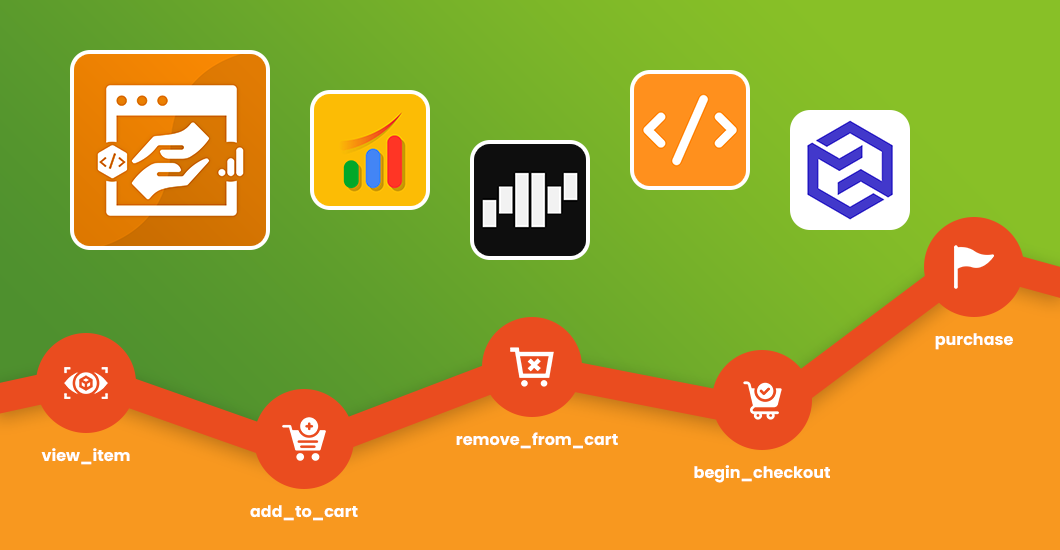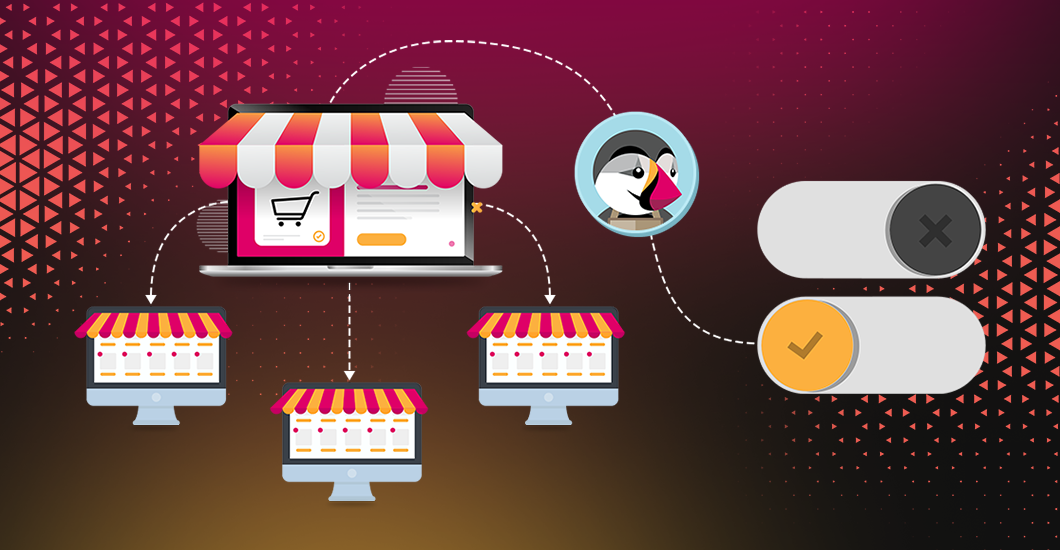Introduction to Taxes on Shopify
Navigating US Tax Regulations
The United States has one of the most complex sales tax systems due to state-wise variations, economic nexus rules, and marketplace facilitator laws. Shopify merchants selling in the US must understand when and where to collect sales tax and ensure compliance with each state’s tax regulations.
This section will guide you through:
✅ Understanding US Sales Tax (Nexus, taxability, exemptions)
✅ How Shopify helps with tax collection in the USA
✅ How to file and remit sales tax correctly
✅ Avoiding common tax mistakes for Shopify merchants
1. Understanding US Sales Tax
Unlike VAT (Europe) or GST (India), US sales tax is not a federal tax. Instead, it is regulated at the state, county, and city levels.
What is Sales Tax?
A consumption tax collected at the point of sale. Charged as a percentage of the retail price (varies by state).
Sellers (Shopify merchants) are responsible for collecting and remitting it to the state.
What is Nexus & Why It’s Important?
“Nexus” is a term that determines whether you must collect sales tax in a state. There are two types of Nexus that impact Shopify merchants:
1️⃣ Physical Nexus – You have a physical presence in a state.
✅ Examples: A warehouse, office, employee, or store in that state.
✅ You must register and collect sales tax for shopify in that state.
2️⃣ Economic Nexus – You exceed a sales threshold in a state.
✅ Most states set the threshold at $100,000 in revenue or 200 transactions per year.
✅ Even without a physical presence, you must register and collect sales tax in that state.
✅ Shopify Sales Tax helps track economic nexus so you know where to collect taxes.
📌 How to Check If You Have Nexus?
Use Shopify Tax’s economic nexus tracking or check each state’s tax website.
State-Specific Sales Tax Rules
Each state has its own sales tax rate and rules. Some key points:
– 45 US states + Washington D.C. impose sales tax
– 5 states (New Hampshire, Oregon, Montana, Alaska, Delaware – “NOMAD” states) do not charge sales tax.
– Some states have destination-based sales tax (tax rate depends on buyer’s location).
– Some states have origin-based sales tax (tax rate depends on seller’s location).
📌 Full list of state sales tax rules → Shopify US Tax Reference
Marketplace Facilitator Laws & Shopify’s Role
Most states now have marketplace facilitator laws, which require platforms like Amazon, Walmart, or Etsy to collect and remit sales tax on behalf of sellers.
However, Shopify is not a marketplace – it is a website builder.
➡ YOU are responsible for collecting and remitting sales tax on Shopify.
✅ Shopify helps calculate the correct sales tax, but you must file and pay it to the tax authorities.
2. Setting Up US Sales Tax in Shopify
Step 1: Determine Where You Have Nexus
– Check if you have physical or economic nexus in any states.
– Use Shopify Tax to track economic nexus automatically.
Step 2: Register for Sales Tax Permits
– Visit the state tax authority website where you have nexus.
– Apply for a sales tax permit (required before collecting tax).
📌 List of state tax departments: State Tax Authority Links
Step 3: Enable Shopify Sales Tax for US
1. Go to Shopify Admin → Settings → Taxes and Duties
2. Select Shopify Tax
3. Add the states where you have nexus
4. Shopify automatically calculates sales tax for shopify at checkout
Step 4: Remit & File Sales Tax
– Shopify does not file taxes for you (unless using a third-party tax app).
– Most states require monthly, quarterly, or annual tax filing.
– Use Shopify’s Tax Reports for filing or integrate with a tax filing service like TaxJar or Avalara.
3. Filing & Remitting Sales Tax in the USA
Filing deadlines vary by state. Follow these 3 steps to file sales tax correctly—starting with a proper Shopify taxes setup:
Step 1: Collect Your Sales Tax Reports
📌 Go to Shopify Admin → Analytics → Reports → Taxes
✔ Download Sales Tax Reports by state
✔ Check total collected tax amounts
Step 2: Submit Your Sales Tax Return
📌 Visit your state’s tax website
✔ File your sales tax return online
✔ Report sales tax collected per county/city (if required)
Step 3: Pay Your Sales Tax
📌 Make the payment online via your state’s tax portal.
✔ Some states allow auto-withdrawal from a business bank account.
✔ Late payments may result in penalties & interest fees.
📌 Need automated filing? Use TaxJar or Avalara to automatically file & pay sales tax.
4. Common Sales Tax Mistakes Shopify Merchants Should Avoid
🚫 Not Registering for a Sales Tax Permit Before Collecting Tax
✔ Always register before collecting tax in a state – failing to do so is illegal.
🚫 Forgetting to Track Economic Nexus
✔ Use Shopify Tax to monitor sales in each state and register when needed.
🚫 Not Filing Returns (Even with $0 Sales Tax Due)
✔ If registered, you must file a tax return even if no sales tax was collected.
🚫 Not Updating Tax Settings When Expanding to New States
✔ Regularly review where you have nexus and update Shopify tax settings.
🚫 Assuming Shopify Remits the Tax for You
✔ Shopify collects tax at checkout, but you must file and remit it manually.
5. Filing & Remitting Taxes USA
🇺🇸 USA: Filing Sales Tax
✔ Shopify Tax helps track nexus, but merchants must file & remit taxes manually.
✔ File returns monthly, quarterly, or annually, depending on state requirements.
✔ Use Shopify’s Sales Tax Reports to calculate how much to pay.
✔ Use TaxJar or Avalara for automated tax filings.
📌 State tax filing links: Sales Tax Institute
6. Additional Resources for Shopify Merchants
📌 Shopify Tax Guide → Shopify Taxes
📌 State-Specific US Sales Tax Rules → Sales Tax Reference
🔹 Tax Compliance Apps for Shopify
TaxJar (US Sales Tax Automation) → TaxJar
Avalara (Global Tax Compliance) → Avalara
To know more about navigating taxes in the Shopify, read a more comprehensive post about Dealing with Taxes in shopify
Ready to Elevate Your Shopify Store?
If you need Shopify design, migration, or development support, our team of experts is here to help. We’ll work with you to create a seamless, high-converting store that aligns perfectly with your brand and business goals. Get in touch with us today to learn more about our services!






